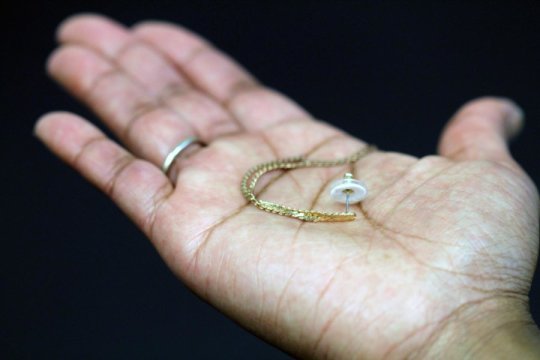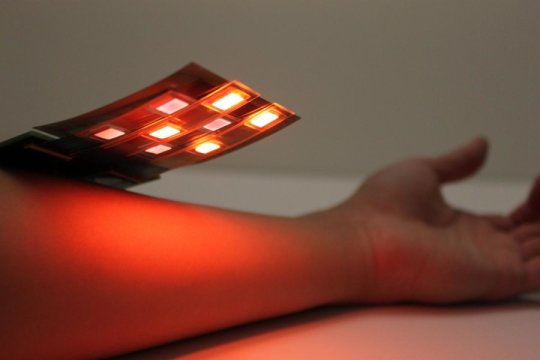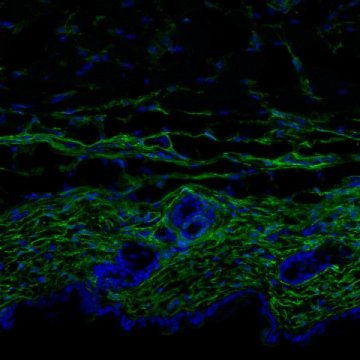Researchers at the Bloomberg~Kimmel Institute for Cancer Immunotherapy at Johns Hopkins and the Johns Hopkins University School of Medicine report two new forms of an older anti-cancer agent they developed appear to enhance the immune system’s ability to fight melanoma in mice. The agents, dubbed s-DAB-IL-2 and s-DAB-IL-2(V6A), comprise a regulatory protein called human interleukin-2 fused to chemically modified portions of diphtheria toxin. In a mouse model of melanoma, the two agents, when given together, depleted so-called T regulatory cells that infiltrate tumors and hinder the immune system’s ability to…
Read MoreCategory: Skincare
Contraceptive jewelry could offer a new family planning approach
Family planning for women might one day be as simple as putting on an earring. A report published recently in the Journal of Controlled Releasedescribes a technique for administering contraceptive hormones through special backings on jewelry such as earrings, wristwatches, rings or necklaces. The contraceptive hormones are contained in patches applied to portions of the jewelry in contact with the skin, allowing the drugs to be absorbed into the body. Initial testing suggests the contraceptive jewelry may deliver sufficient amounts of hormone to provide contraception, though no human testing has been…
Read MoreImmunotherapy of precancerous skin lesions may prevent squamous cell carcinoma
A treatment previously shown to clear the precancerous skin lesions called actinic keratosis now appears to reduce the chance that the treated skin will develop squamous cell carcinomas (SCCs), the second most common form of skin cancer. In their paper being published online in JCI Insight, a team led by a Massachusetts General Hospital (MGH) investigator reports that treatment with the combination of two FDA-approved drugs — a topical chemotherapy and an immune-system-activating compound — reduced the risk of SCC development on the face and scalp by almost 75 percent. “This…
Read MoreSkin-like sensor maps blood-oxygen levels anywhere in the body
Injuries can’t heal without a constant influx of blood’s key ingredient — oxygen. A new flexible sensor developed by engineers at the University of California, Berkeley, can map blood-oxygen levels over large areas of skin, tissue and organs, potentially giving doctors a new way to monitor healing wounds in real time. “When you hear the word oximeter, the name for blood-oxygen sensors, rigid and bulky finger-clip sensors come into your mind,” said Yasser Khan, a graduate student in electrical engineering and computer sciences at UC Berkeley. “We wanted to break…
Read MoreSkin ages when the main cells in the dermis lose their identity and function
With age, our tissues lose their function and capacity to regenerate after being damaged. A study published today in Cell by scientists at the Institute for Research in Biomedicine (IRB Barcelona) and the Centro Nacional de Análisis Genómico of the Center for Genomic Regulation (CNAG-CRG) explains how dermal fibroblasts age. The main conclusion drawn is that these fibroblasts lose their cell identity, as if they had “forgotten” what they are, and consequently their activity is altered, thus affecting tissue. The study reveals the cellular and molecular pathways affected by ageing and proposes…
Read More


